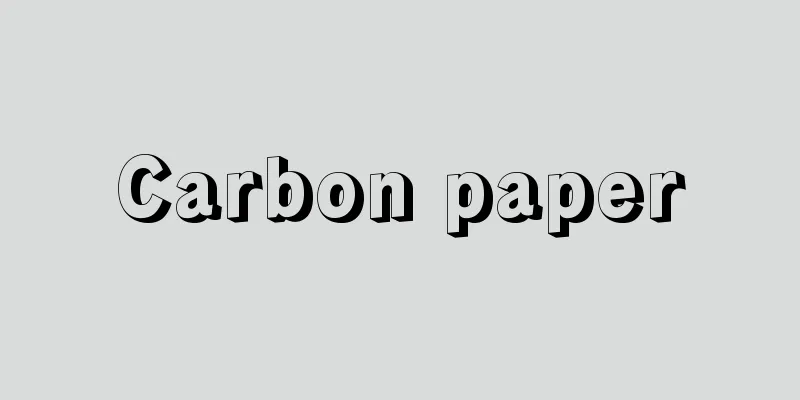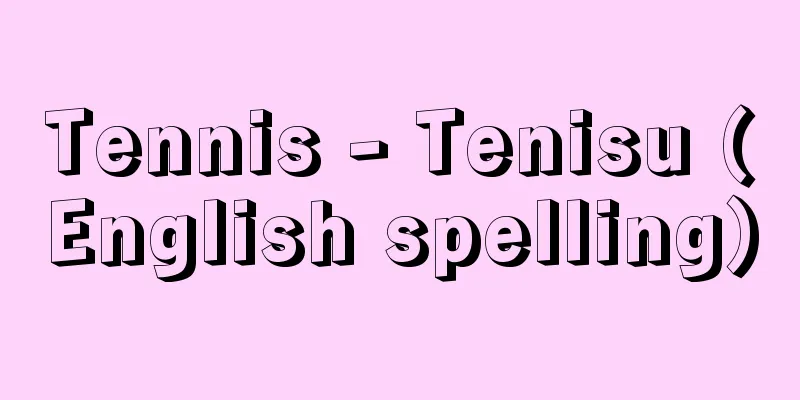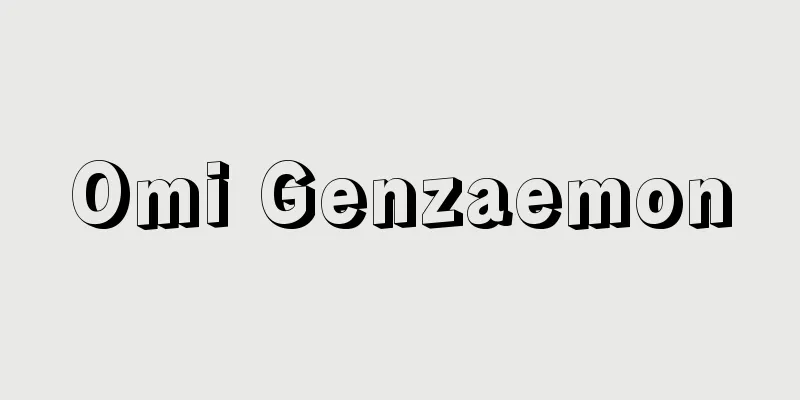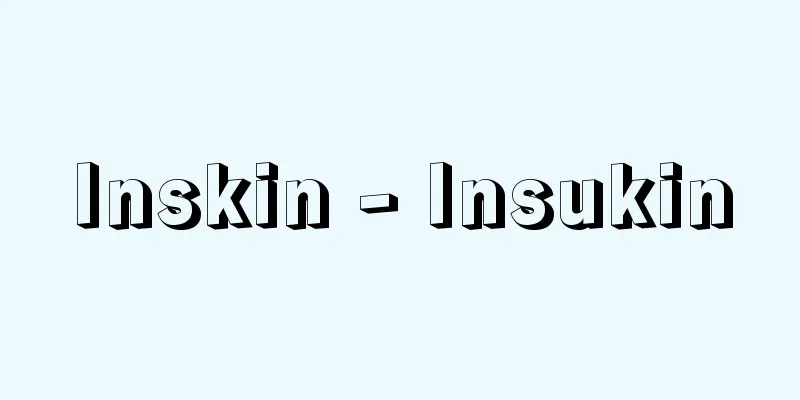Carbon paper

|
A thin copying paper made by mixing colored substances such as pigments and dyes with wax or oil and coating the mixture on carbon paper. It is available in one-sided and two-sided coating and is used for copying by hand or with a typewriter. Colored substances include carbon black for black and various organic pigments as well as dyes. Carbon paper must be thin, uniform, pinhole-free and strong, so it is made primarily from chemical pulp of wood, with high-quality paper made with a large amount of cotton or hemp pulp. [Akio Mita April 18, 2016] Source: Shogakukan Encyclopedia Nipponica About Encyclopedia Nipponica Information | Legend |
|
顔料、染料などの有色物を蝋(ろう)や油などに混ぜてカーボン原紙に塗工して製造した複写用薄葉紙。片面塗工と両面塗工とがあり、手書きまたはタイプライターで複写するのに用いる。有色物としては、黒はカーボンブラックおよび各種の有機顔料のほか染料を用いる。カーボン原紙としては、薄くて均一でピンホールがなく強いことが要求されるので、木材の化学パルプを主原料とし、上質なものでは綿または麻のパルプを多く配合して製造した紙を用いる。 [御田昭雄 2016年4月18日] 出典 小学館 日本大百科全書(ニッポニカ)日本大百科全書(ニッポニカ)について 情報 | 凡例 |
Recommend
Koelreuter, JG (English spelling) KoelreuterJG
… However, in order for genetics to come into bei...
Bias - Bias (English spelling)
A DC voltage that is steadily applied to the cont...
Man and Superman
A four-act comedy by the British playwright Berna...
"Epigrams"
…Martialis stayed in Rome until 98, where he had ...
Fish board - gyoban
A ritual implement unique to Zen temples, it is h...
Guava (place name) - Guaba
…A city in the southernmost part of Mesopotamia, ...
Infectious Curse - Infectious Curse
...This view was denied by Malinowski, but it is ...
bulbous bow
...This is because waves generated from various p...
Kaga Province - Kaga no Kuni
Located in the central part of Honshu along the c...
Polar alpine plants
…Today, they remain in temperate regions and are ...
Bran - Bran
This is the name of a county that was used from th...
Necho II
The second king of the 26th (Sait) Dynasty of anci...
Current Cost Accounting - Current Cost Accounting
…In Germany after World War I, the price of a cer...
Implantation
…In this way, the fertilized egg reaches the uter...
Battle paintings - Kassen-e
Yamato-e is a subject of painting. It appeared at ...

![Anabuki [town] - Anabuki](/upload/images/67cad6b2adb6c.webp)







